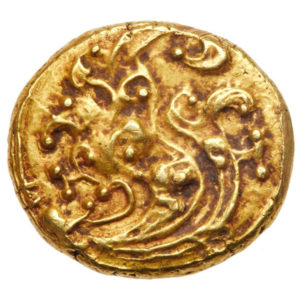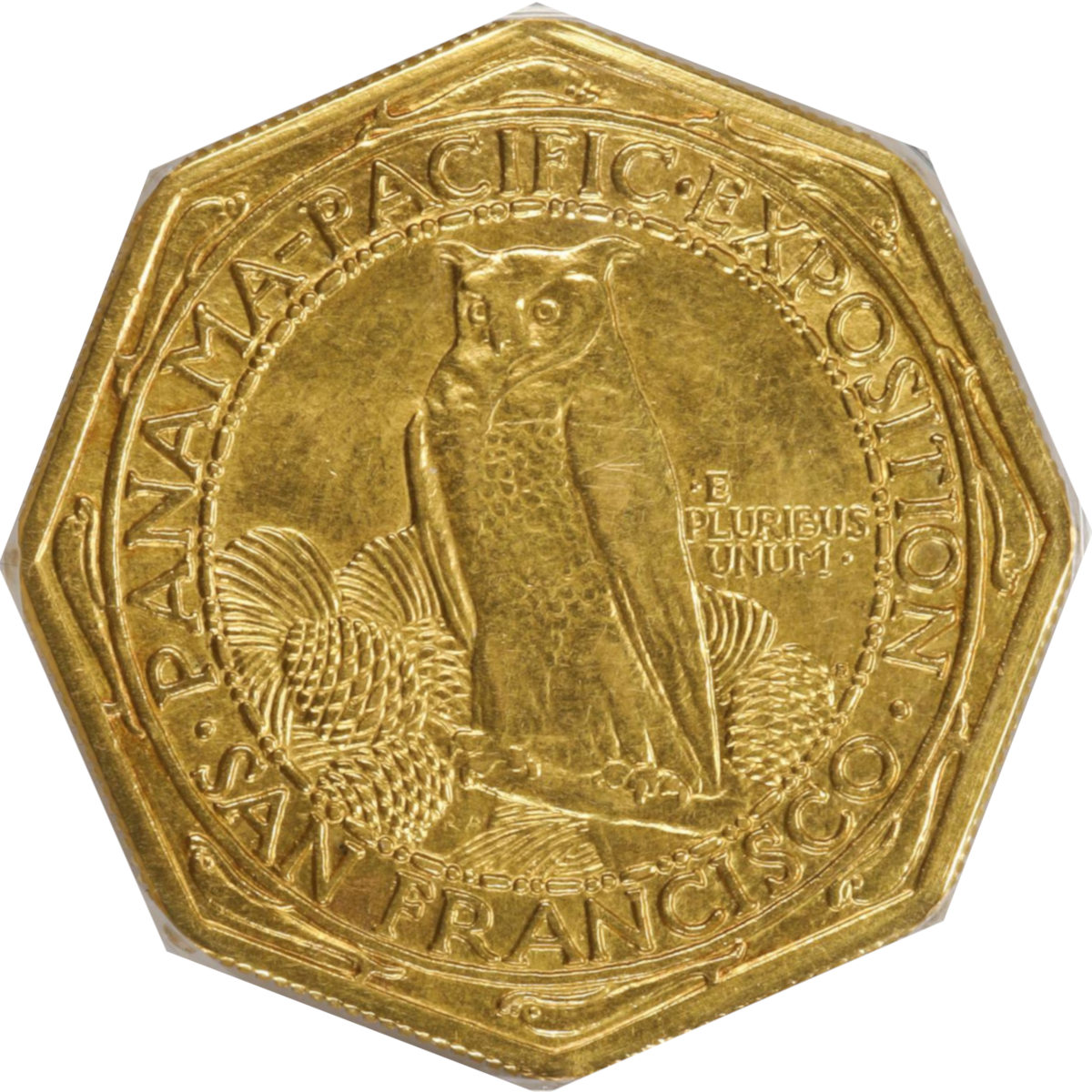1705 AD AH1116-48 India Mughal Gold Mohur.
India: Mughal. Mohur, AH1116/48 (1705AD). Fr-810; KM-315.42. Shahjahanabad. Aurangzeb Alamgir, 1658-1707. Aurangabad Mint. Aurangabad is a city in western India and home of the famous Ajanta Buddhist cave monuments and the Ellora Buddhist, Hindu and Jain monastery-temple caves. Aurangzeb was the last major ruler of the empire at its peak. In the 19th century the Mughal empire would fall to the British Raj.
The Mughal Empire was an early-modern empire that controlled much of South Asia between the 16th and 19th centuries. For some two hundred years, the empire stretched from the outer fringes of the Indus river basin in the west, northern Afghanistan in the northwest, and Kashmir in the north, to the highlands of present-day Assam and Bangladesh in the east, and the uplands of the Deccan plateau in south India.
The Mughal empire is conventionally said to have been founded in 1526 by Babur, a warrior chieftain from what today is Uzbekistan, who employed aid from the neighboring Safavid and Ottoman empires, to defeat the Sultan of Delhi, Ibrahim Lodhi, in the First Battle of Panipat, and to sweep down the plains of Upper India. The Mughal imperial structure, however, is sometimes dated to 1600, to the rule of Babur’s grandson, Akbar. This imperial structure lasted until 1720, until shortly after the death of the last major emperor, Aurangzeb, during whose reign the empire also achieved its maximum geographical extent. Reduced subsequently, especially during the East India Company rule in India, to the region in and around Old Delhi, the empire was formally dissolved by the British Raj after the Indian Rebellion of 1857.










